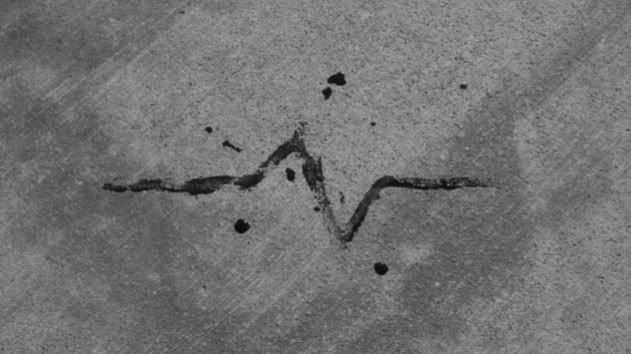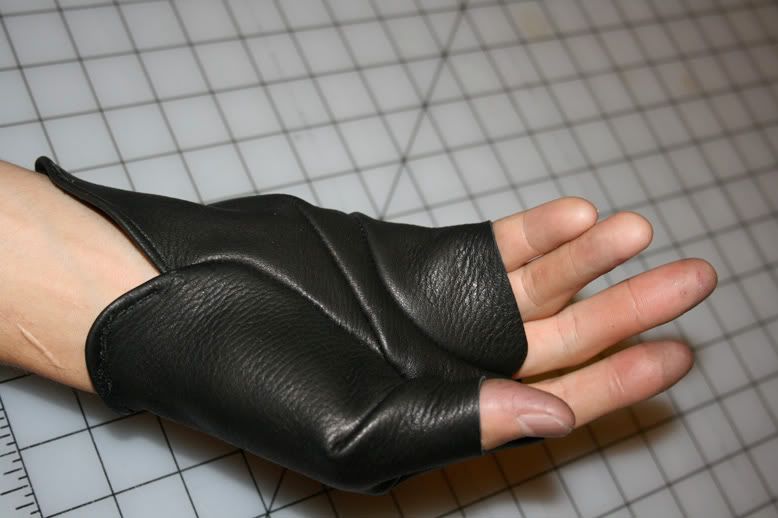
Part 2
The human body's inherent fragility is often put in direct contrast with the resilience of its design. Some insist that the the level of forethought in its construction and redundancies must surely be the work of a higher intelligence. Whether one believes in such things or not, it is difficult to argue with the refinement of form and function seen and derived from the human body. Take a complete de-gloving injury for instance, the skin entirely separated from the muscle, blood supply and bone of a man's hand. Horrible as it may seem, an injury of the sort can still be dealt with, given the facilities and attention of a specialist capable in reconstructive hand surgery. Just the sort of situation brought about the idea for the anatomical fingerless gloves in Collateral's recent collection.

The body gives cues to the way the hand's skin is anchored to the underlying flesh, to the load-bearing properties of its structure. Such things are invaluable in a garment's construction, as a poorly-chosen anchor stitch point will put disproportionate tension on the stitch and the leather itself, compromising its overall structural integrity. For the anatomical deerskin gloves, Albert utilised a pattern of his own hand in single-piece construction, with the natural folds of the palm providing anchoring points to the glove's inner side. The chosen type of leather combines well with the 3d pattern, allowing it to both maintain aspects of its given shape, as well as mold to the wearer's hand over time for a perfect fit. The gloves feature a self-fastening strap with silver hook hardware, which can be worn in any number of ways.

The materials used in the project are chosen for their inherent history and fabrication techniques. Since collateral's first iteration, Albert's curiosity towards the fabrics he was working with evolved into a deeper need to understand and explore their origins. Even some of the more practical and commonplace materials utilized in construction undergo a variety of treatments, giving them an unusual quality.

These are a clean slate to be imbued with ideas and experiences, perhaps best illustrated with the oilcan-treated silver ring, the oil for which was taken from the wreckage of Albert's 1969 Karamann Ghia after an accident that nearly cost him his life. In the present, material research and development seen in Collateral, including both the exploration of existing fabrics as well as the creation of entirely new ones (utilising milk-based fibers, memory retaining fibers and advancement of blends amongst other things) has fast reached equal footing with the actual garment design.
~Q. Andrisson






